Destroy Your Opponents With These 6 Invaluable Iron Play Tips
These 6 iron play tips, from Golf Monthly Top 50 Coach Zane Scotland, will help you create plenty of birdie chances...
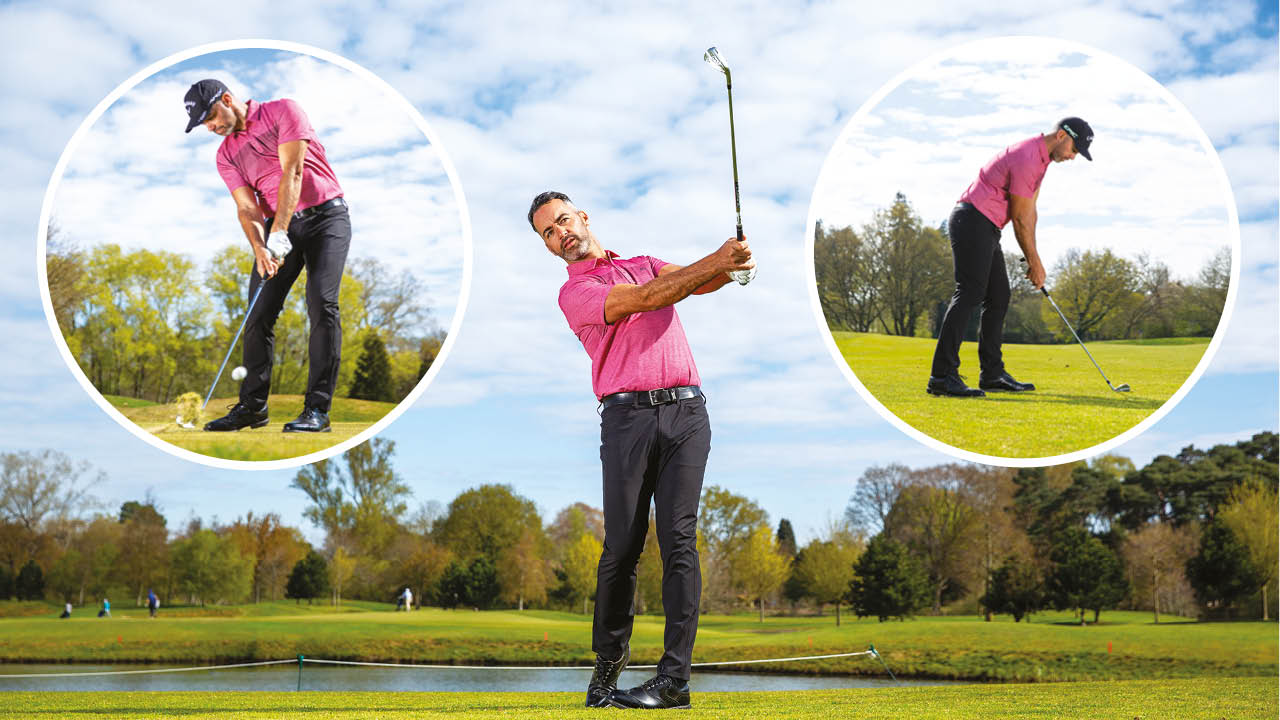
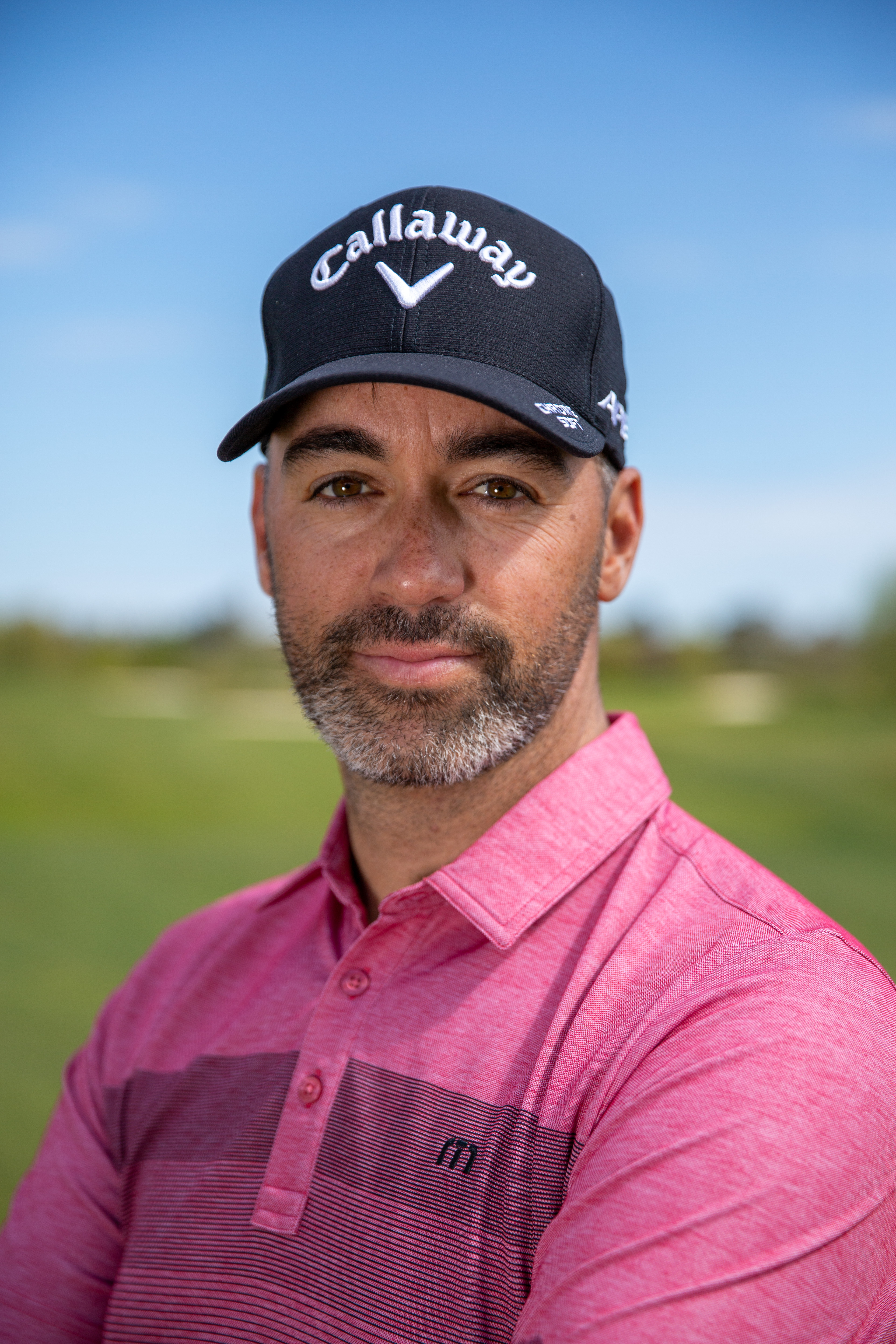
Good iron play is absolutely essential when it comes to shooting lower scores. Put simply, the better you are with your approach shots, the more birdie chances you’ll have and the fewer times you’ll need to scramble to save par.
A technique that produces quality iron shots will also make it much easier to hit good shots in all other areas through your bag, and will help to avoid those dreaded pushed or pulled iron shots that can damage your scorecard.
In this article, Golf Monthly Top 50 Coach Zane Scotland shares his favourite tips and drills to help you improve the quality and consistency of your ball-striking and make better strategic decisions, so you can take your iron play to the next level.
1. Ball Position
You should reference the ball position from your lead shoulder, because directly below that is where the low point of your golf swing is going to be. That low point should always be just after the ball. A significant number of people use the feet as a reference, but that can be inaccurate in relation to your swing arc. The ball can be three or four inches prior to the low point directly under your armpit for your short and mid-irons, and a touch further forward than that for your longer irons and hybrids.
You can learn a lot from your divot. If your ball position is correct, it should start just after the ball and square to your target. If your divot is pointing noticeably to the left, that shows your swing path is very out-to-in; if it’s pointing to the right, you’re likely swinging too far in-to-out (the reverse for a left-hander).
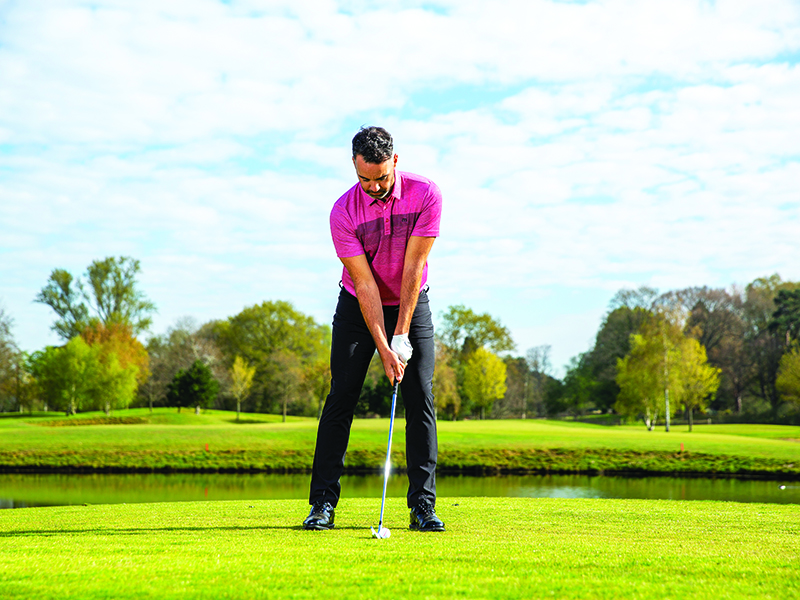
2. Efficient Impact
This is a great drill to improve your impact position. Start small by hitting half shots with a 7-iron and with an amount of power that enables you to stop the club as quickly as possible after impact. As you get better at this, you can step up the pace to the point where you should be able to swing at full power and stop just after impact. This helps you rotate and move the low point of your swing further forward, so you can hit ball then turf and deliver pure, controlled strikes.
I call this the 90/90/90 drill because you want to finish with knees, hips and chest all facing the target – a 90° turn from where they were at address. This encourages the correct sequencing and movements through impact.
Get the Golf Monthly Newsletter
Subscribe to the Golf Monthly newsletter to stay up to date with all the latest tour news, equipment news, reviews, head-to-heads and buyer’s guides from our team of experienced experts.

3. Neutral Takeaway
A lot of the mistakes in people's golf swings come from the start of the backswing. Set three clubs or alignment sticks on the ground like this (image below), to represent the target line (outside line) and the path you want your hands (inside line) and clubhead (middle line) to take.
Track your path until the shaft gets parallel to the ground. This will help you start your swing on a neutral plane and with a square clubface. It’s a lot easier to hit accurate iron shots from a neutral start to your swing.
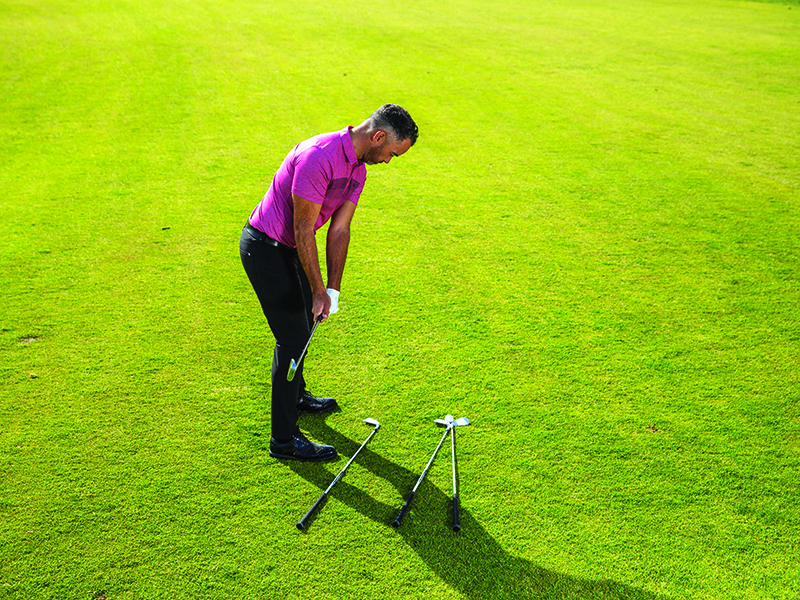
4. Weight Transfer
At address, you want to feel like 60 per cent of your weight is in your lead foot and 40 per cent is in your trail foot. Try and maintain that into the takeaway. This will encourage you to stay centred over the ball throughout the swing and transfer the majority of your weight on to your lead foot through impact. This creates a downward attack angle that compresses the ball. You should be able to lift your trail foot off the ground without falling over in the finish position.
A great drill to help with this is to put your right foot back and make swings from shoulder to shoulder. If you do this, you’ll get used to what it feels like to have the majority of your weight on the forward foot through impact. You can start without a ball just to get used to the action and then try hitting shots like that.
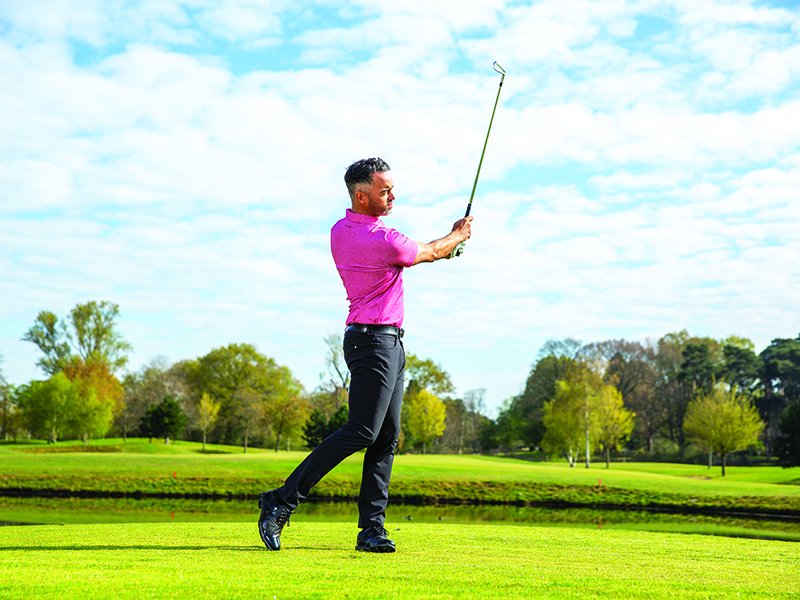
5. Compact Swing
It’s not necessary to get your club parallel to the ground at the top of your backswing with an iron. It’s fine if you do, but you shouldn’t feel like you need to lengthen your backswing if you don’t, and you certainly don’t want to go past parallel. With an iron, we want control rather than distance – and that’s easier to achieve with a more compact swing. If you want to hit it further, just go up a club.
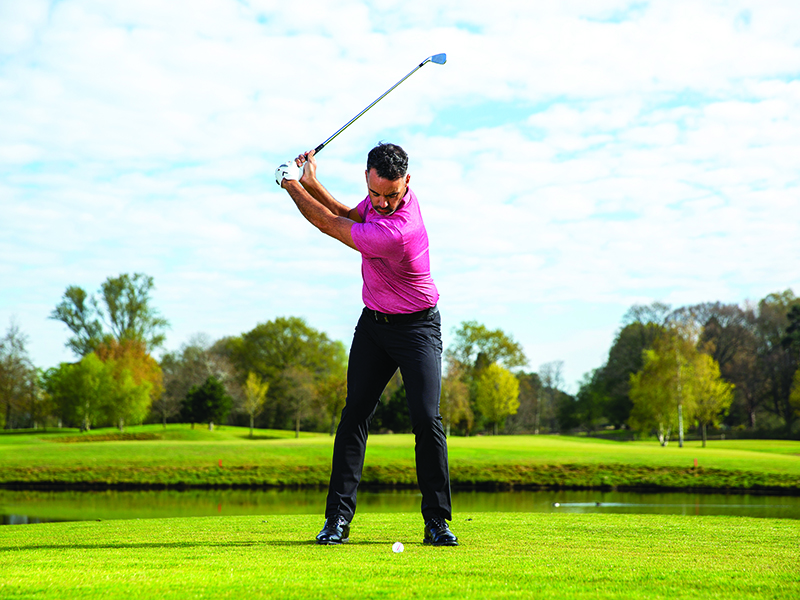
6. Sensible Strategy
There’s nothing more frustrating than hitting a good shot but getting a poor result because your target line or club selection was at fault. A great way to improve the number of greens you hit and birdie putts you give yourself is to think of your average dispersion with each club – left and right, and long and short – as a circle around the point you’re aiming at.
For example, you might typically hit your 7-iron in a 15-yard radius circle around your aim point. You can adjust the radius of the circle depending on how accurate you are with each club and as your standard improves. Then you simply move your aim point as close to the flag as you can without any of that circle missing the green by too much or bringing any no-go zones into play.
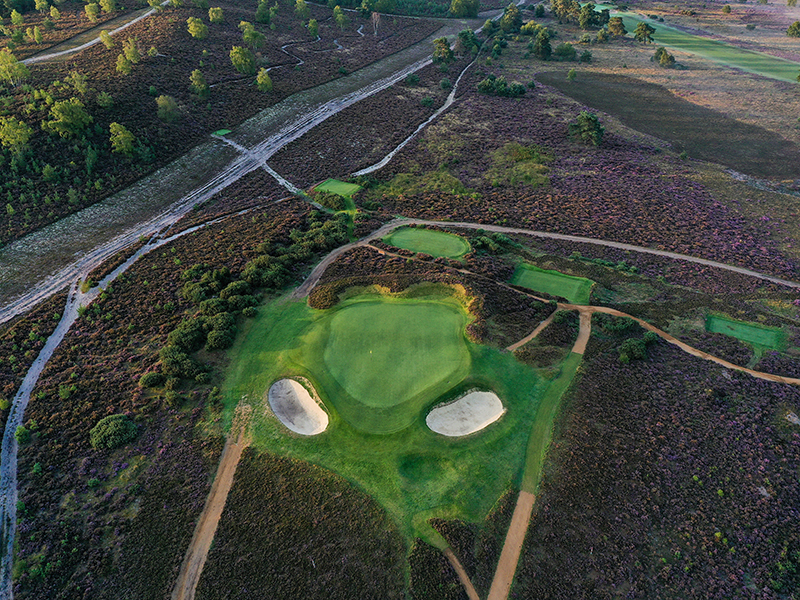
Zane Scotland's Iron Play Tips Checklist
1. Adjust ball position to ensure the low-point of the arc is just after the ball
2. Try the 90/90/90 drill to practice your rotation in the downswing and into the impact position
3. Aim for a neutral takeaway with shaft parallel to the ground and clubface square
4. Set-up with 60 percent of your weight on your front foot, and stay centred throughout the swing.
5. Don't over-swing with your irons, if you want to hit it further just club up!
6. Play sensible golf, aim away from trouble and know where you can and can't miss.
The Golf Monthly archive is a gold mine of brilliant reads, documenting a journey through the history of golf dating back to our first issue in 1911. Take advantage of over 100 years of invaluable tips from the best tour professionals and coaches in world golf, by subscribing to the online Golf Monthly Archive.

Location: The Leatherhead Club
Zane has been coaching for six years after a playing career that saw him feature in two Opens. He has worked with and been inspired by the likes of David Leadbetter, Claude Harmon, Pete Cowen, Mac O'Grady and Robert Rock and he has coached a huge number of male and female tour pros in recent years.
Most common impact fault:
Not enough compression There are many ways of correcting it, hitting full speed shots and putting the brakes on post impact is one of the main ones.
A typical lesson:
Start with a conversation with some analysis and then working on which fundamental to tackle and improve - contact, power, curvature. Then help the player understand and gain clarity on the improvements that can be made and map out how we are going to tackle them. Then will demo improvements and, if needed, move through different drills and feels to get the best ones for the player. After a time of learning the new improved feels and moves we will do some performance drills as to see how much or how little the player can use straightaway and what is more long-term work that may take some time to show up in performance. We will close the session by agreeing on a practice/training plan going forward and then I will make a video with the client watching so they have that 3-5 minute video for reference when they go to practise/play on their own.
Students learn best when…
When they are open and are comfortable enough within the environment to fail. Helping them understand that when we are together working on their game that they are in a place where they are allowed to fail they are able to learn at a better rate.
-
 Corales Puntacana Championship Prize Money Payout 2025
Corales Puntacana Championship Prize Money Payout 2025The PGA Tour’s latest opposite field event features an attractive prize money payout and some former champions in the field
By Mike Hall Published
-
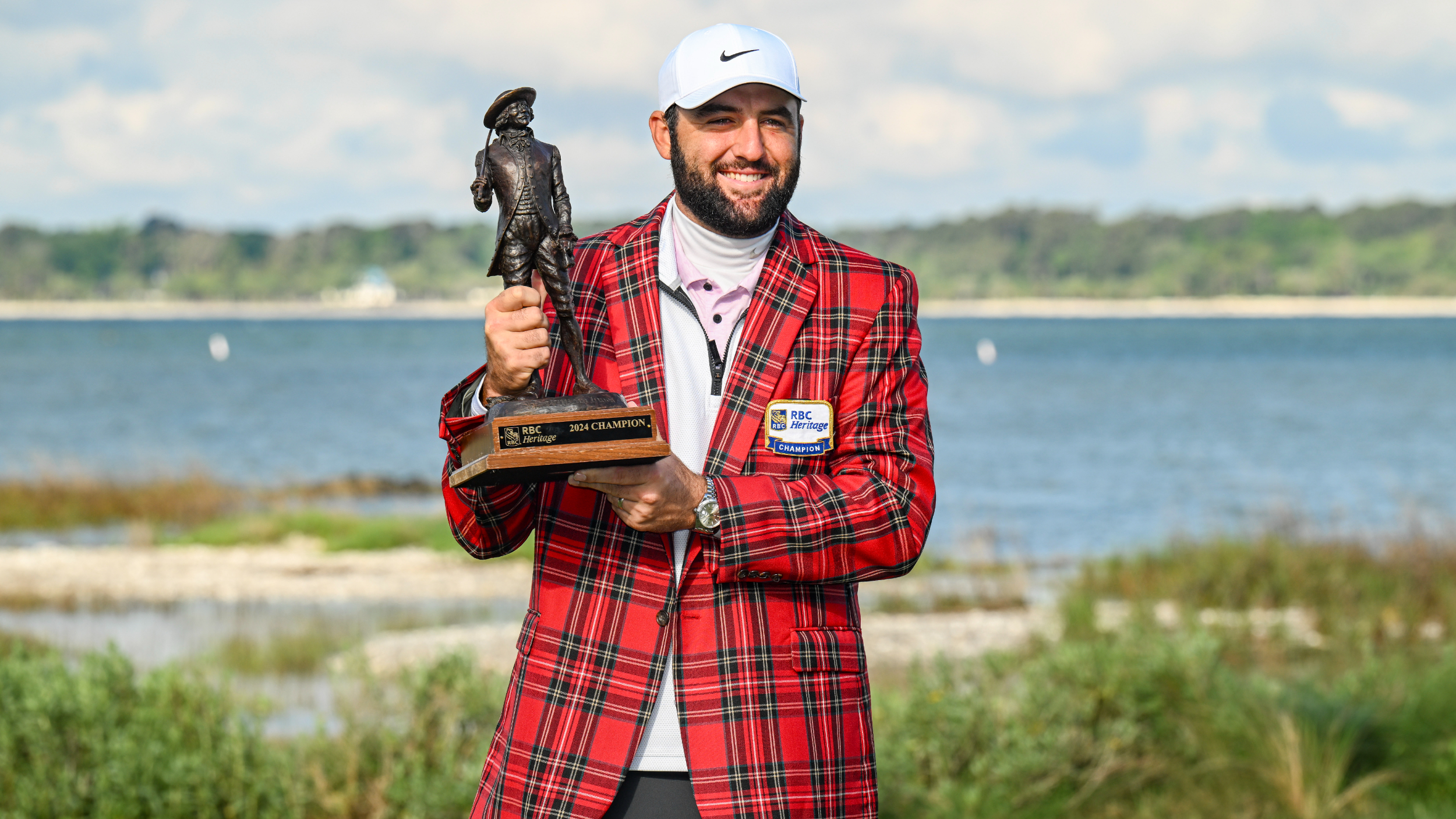 RBC Heritage Prize Money Payout 2025
RBC Heritage Prize Money Payout 2025Scottie Scheffler defends his title at Harbour Town in the latest of the PGA Tour’s signature events
By Mike Hall Published
-
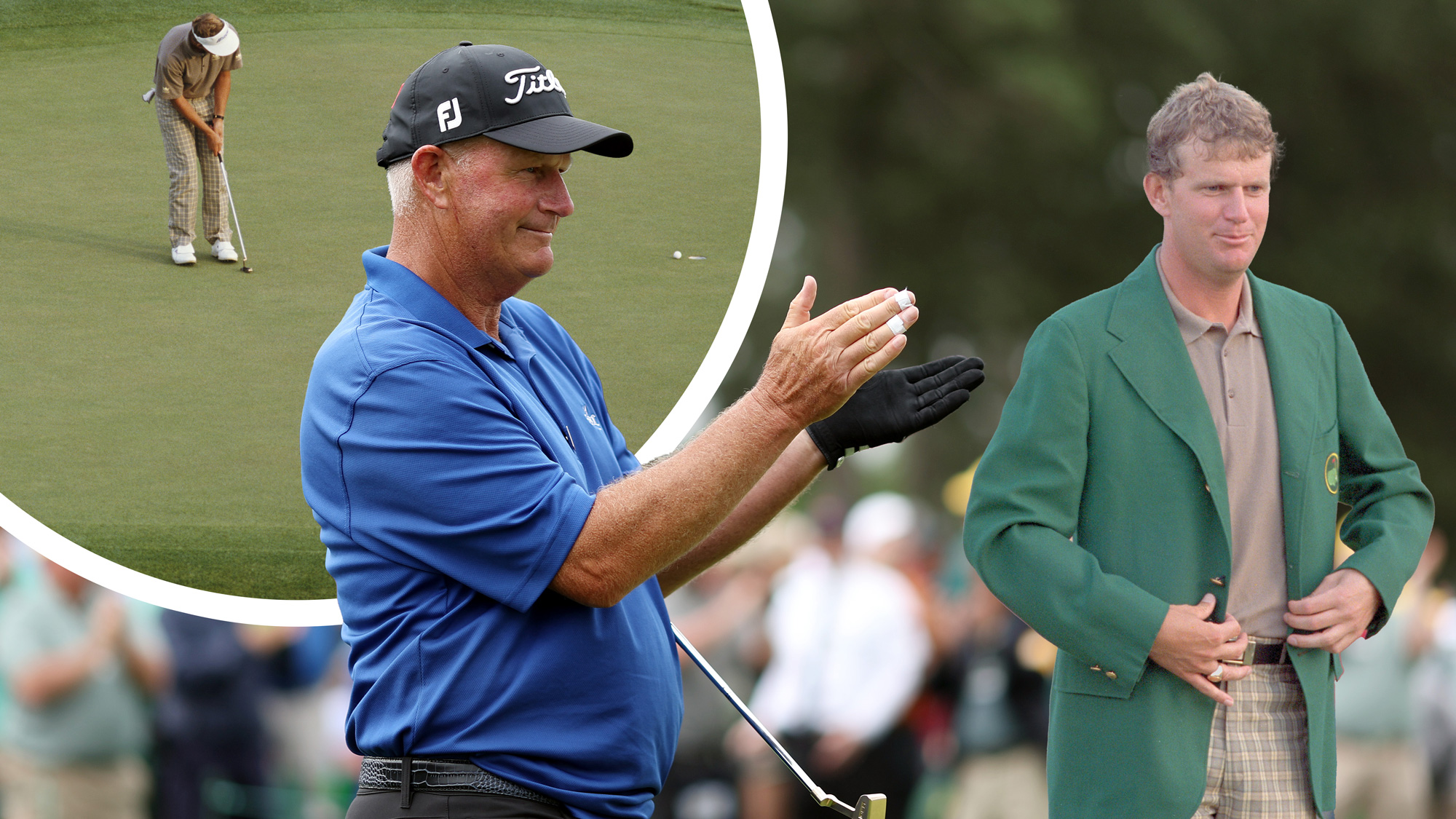 Sandy Lyle Shared 3 Top Tips With Us Prior To Winning The Masters in 1988... And They Could Still Save You Shots 37 Years Later
Sandy Lyle Shared 3 Top Tips With Us Prior To Winning The Masters in 1988... And They Could Still Save You Shots 37 Years LaterThe 1988 Masters Champion shared his expert tips in the January 1988 issue of Golf Monthly, but they are still absolute gems for amateur golfers to this day...
By Barry Plummer Published
-
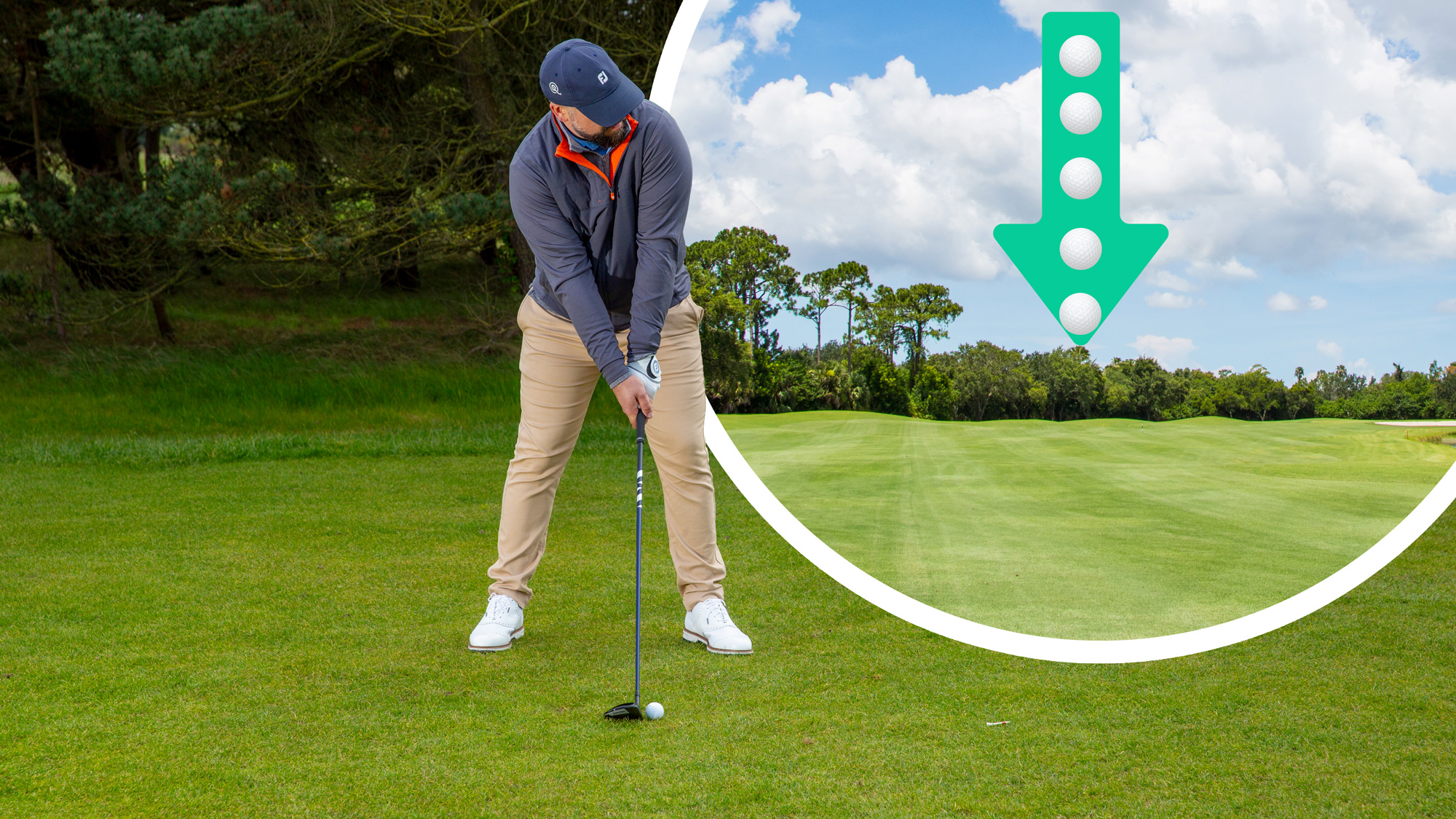 Are You More Accurate Than The Average Amateur Golfer? Peter Finch Can Help You Hit More Fairways In 2025
Are You More Accurate Than The Average Amateur Golfer? Peter Finch Can Help You Hit More Fairways In 2025There is no better feeling than striping one down the middle of the fairway, but many amateurs struggle with accuracy. Peter Finch has four pro tips to help...
By Barry Plummer Published
-
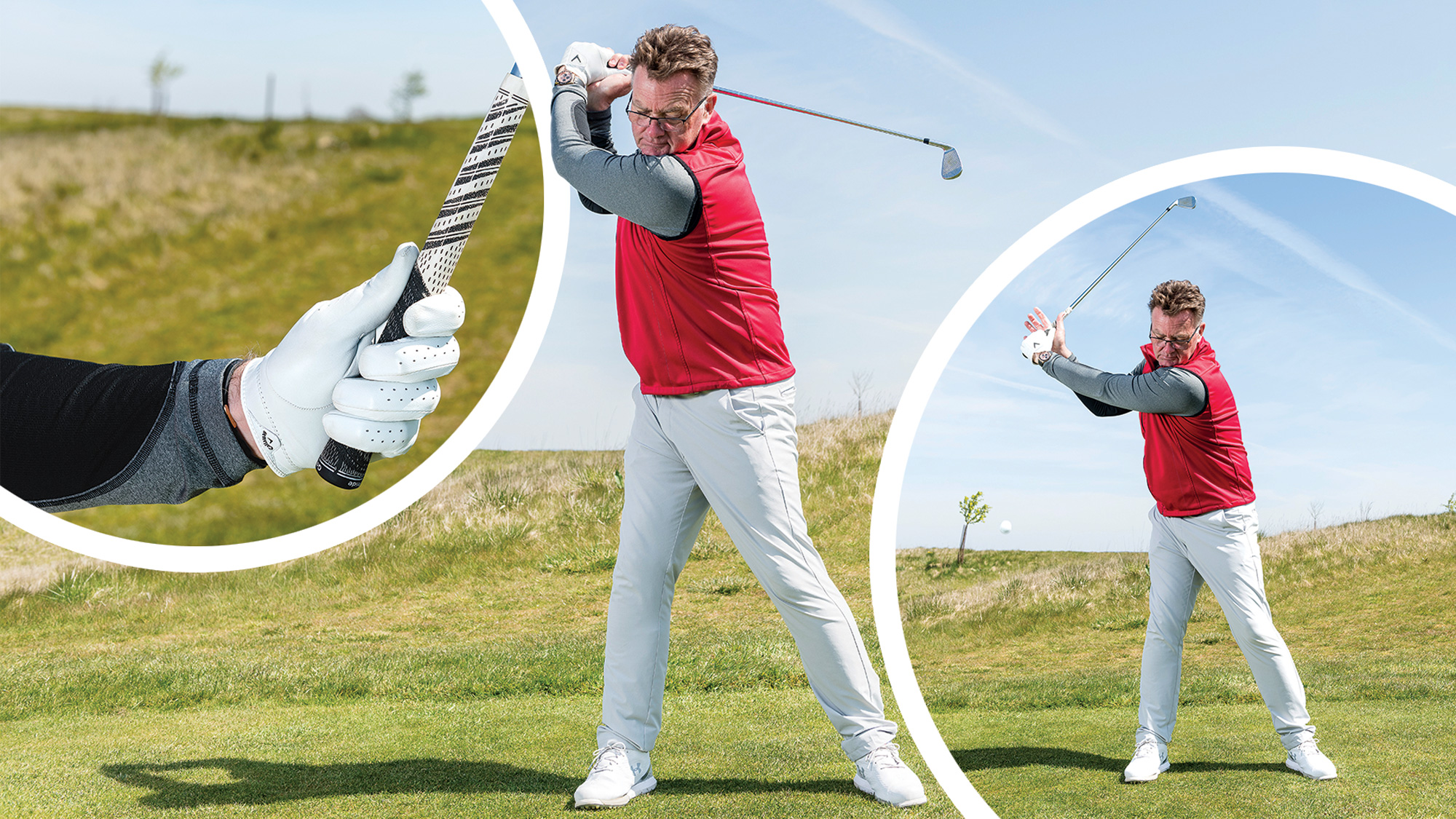 Are You A Victim Of This Destructive Golf Swing Fault? Let Me Help You Fix It Before You Tee It Up This Weekend
Are You A Victim Of This Destructive Golf Swing Fault? Let Me Help You Fix It Before You Tee It Up This WeekendAn overswing in golf is a destructive habit which can cost us precious shots on the golf course, but PGA Pro John Jacobs has a quick fix to get us game ready...
By Barry Plummer Published
-
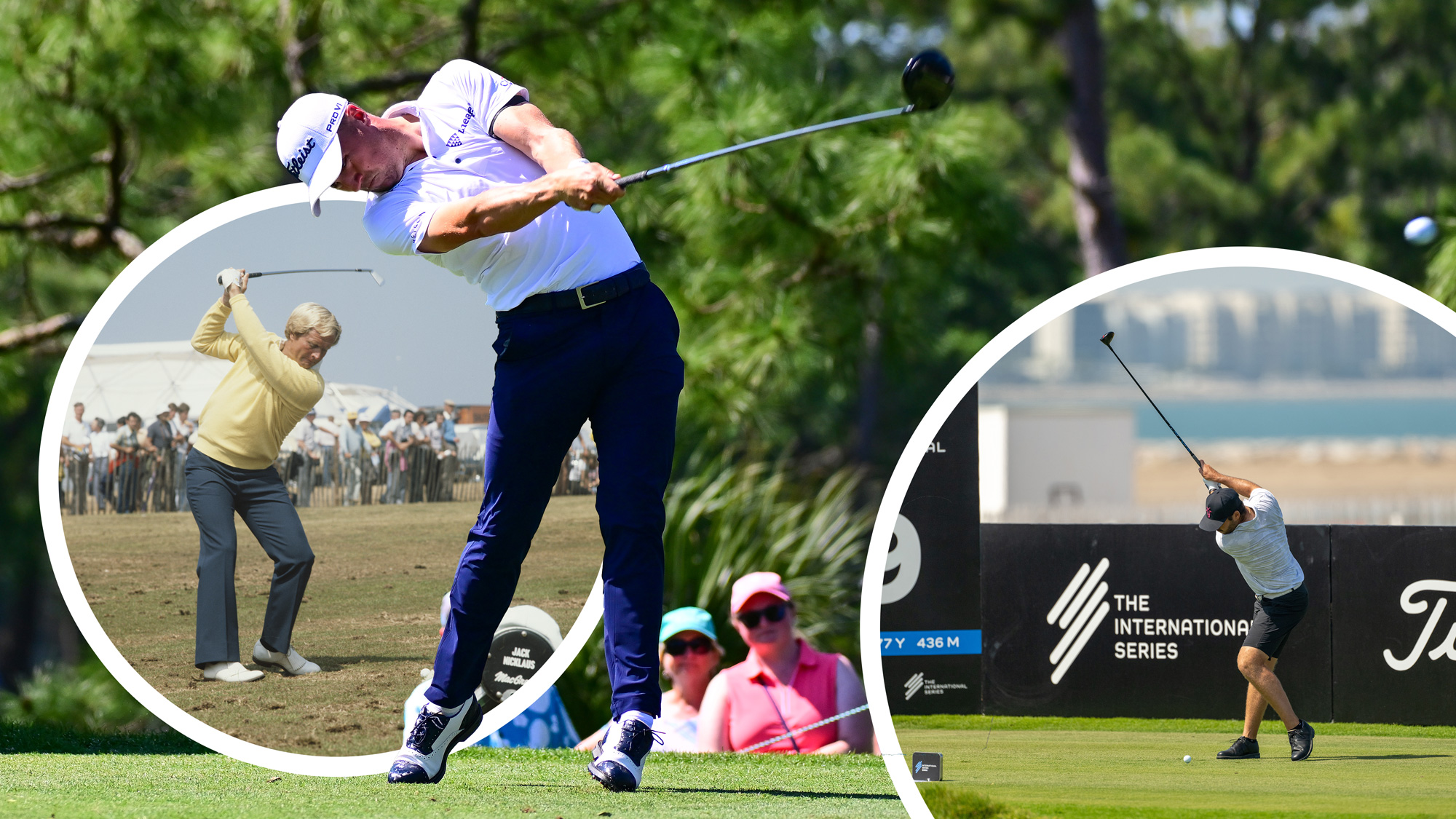 Do You Struggle With Distance Off The Tee? Try This Quick Fix To Make 2025 Your Biggest Golf Season Yet
Do You Struggle With Distance Off The Tee? Try This Quick Fix To Make 2025 Your Biggest Golf Season YetStruggling with distance off the tee could be a major reason why your handicap isn't coming down or your scores aren't improving, but our quick fix can help...
By Barry Plummer Published
-
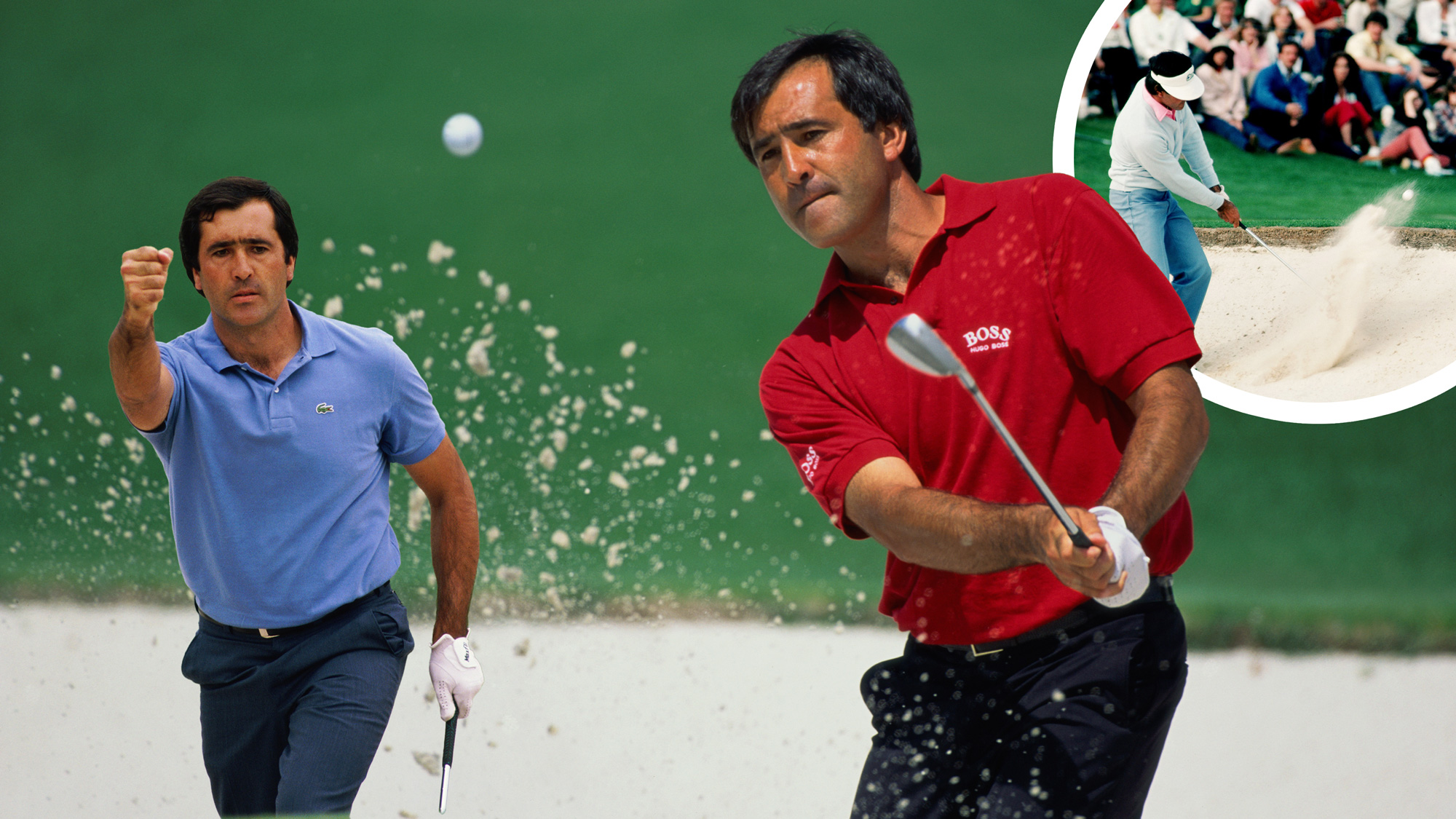 Seve's 'Lost' Bunker Lesson: Master Slopes And Transform Your Short Game Today
Seve's 'Lost' Bunker Lesson: Master Slopes And Transform Your Short Game TodaySeve's forgotten bunker lesson, from Golf Monthly's August 1983 issue, could hold the secret to better bunker play and supercharging your short game this season
By Barry Plummer Published
-
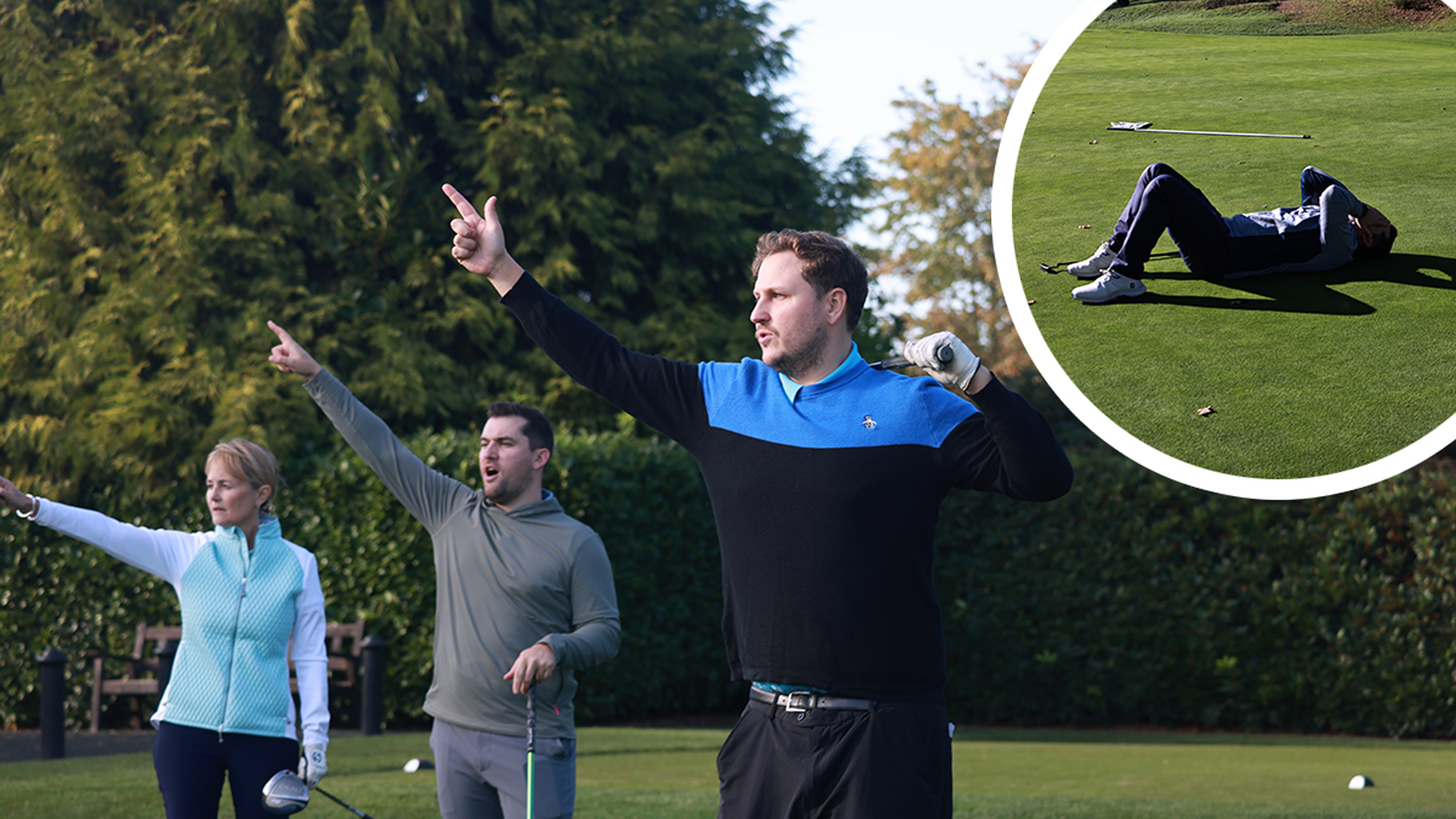 Is Your Golf Swing Failing You? This All-Encompassing Drill Can Instantly Save It
Is Your Golf Swing Failing You? This All-Encompassing Drill Can Instantly Save ItAre you struggling with your golf swing? Discover the all-encompassing drill that can fix common swing faults and restore your game. Get back on track today!
By Tom Motley Published
-
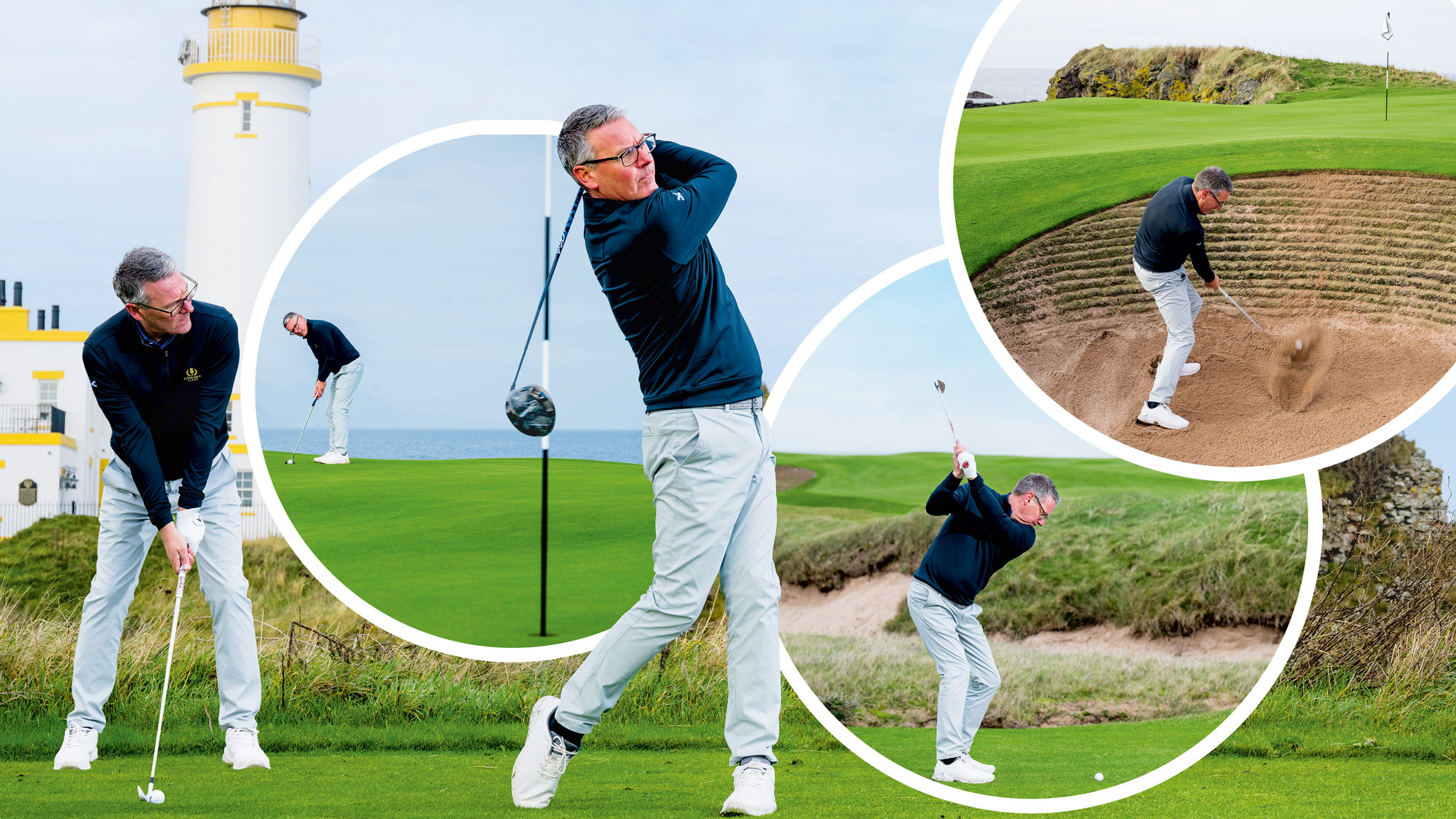 I Attended An Exclusive Tee To Green Masterclass With A Top Golf Coach... Now I'm Sharing His 6 Transformative Tips With You
I Attended An Exclusive Tee To Green Masterclass With A Top Golf Coach... Now I'm Sharing His 6 Transformative Tips With YouFew golfers get the chance to spend an entire day with a top golf coach, which is why I can't keep his six expert tips to myself. Get ready to play better golf!
By Barry Plummer Published
-
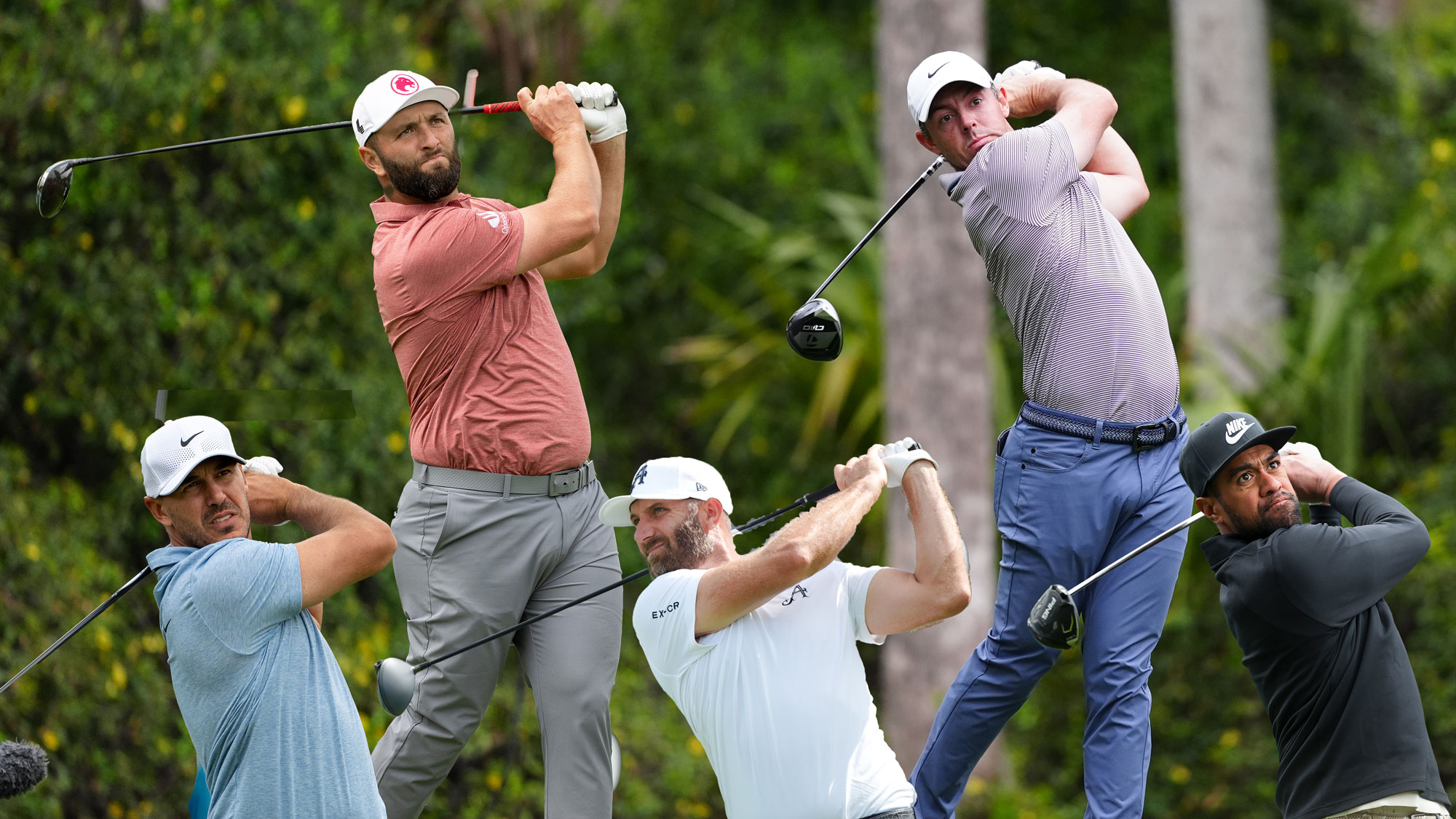 5 Things The Biggest Hitters Do To Generate Power In Their Golf Swing (And How You Can Copy Them)
5 Things The Biggest Hitters Do To Generate Power In Their Golf Swing (And How You Can Copy Them)Generating more power is a great way to improve your handicap and shoot lower scores. So, we analysed the biggest hitters in golf to help you hit it further...
By Barry Plummer Published